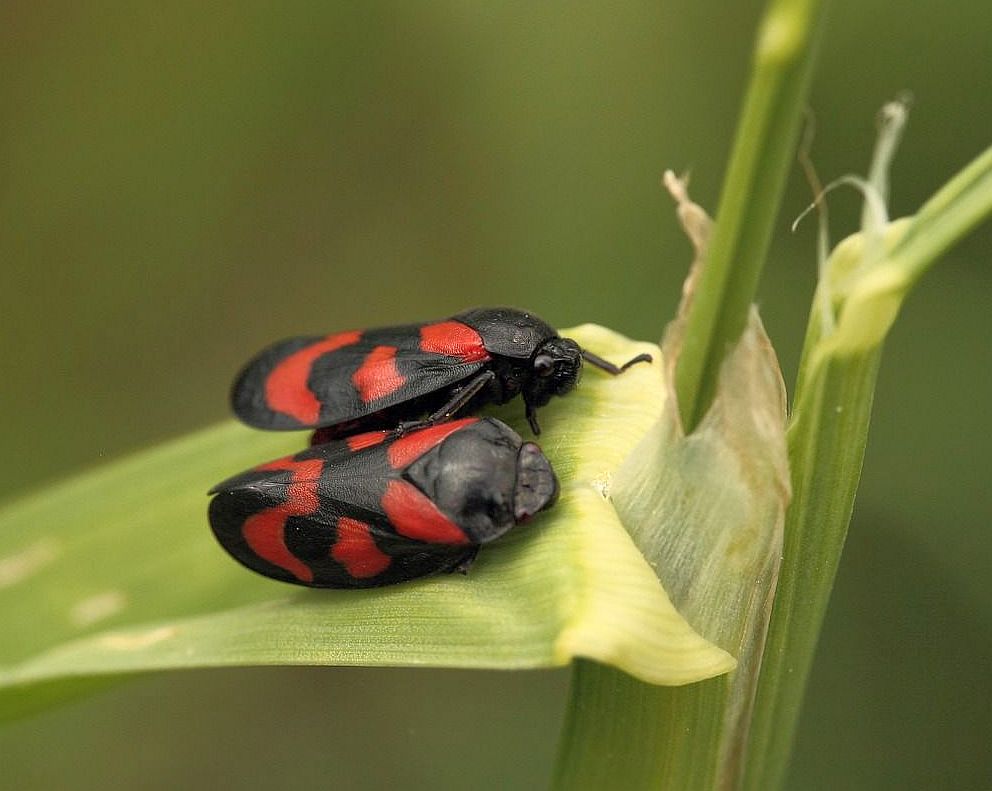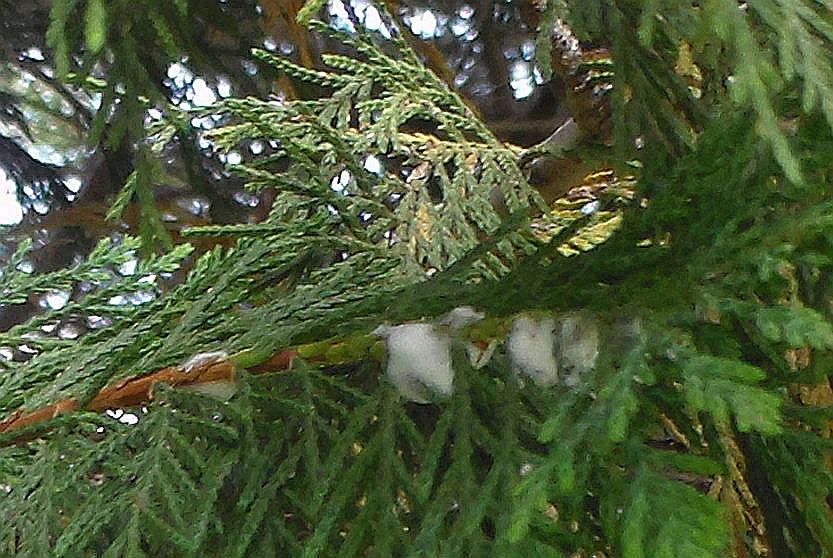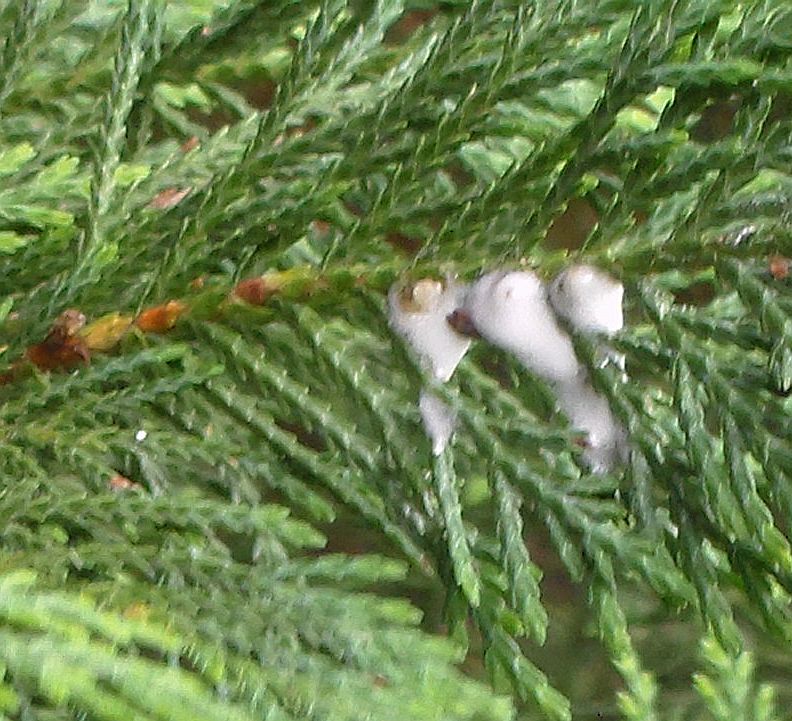
It was not until I was in my 50s that I became deeply intrigued with nature. I made up for lost time. I became intimately acquainted with the wildflowers, trees, and other plants and insects of my local county. One of the things that aroused my curiosity was the presence of spit on some of my plants. Have you ever noticed this? If so, you will be interested in its source – spittlebugs.
Fingering the Spit
Well, there is no better way to unravel the mystery than to finger the spit. I carefully did so, noticing its consistency, its feel. I found within it, a soft bump, a little critter. Researching it, I found the tiny “bug” called spittle bug, due to its shape, was nicknamed froghopper.

It is actually the froghopper nymph that makes the spittle, and it is not spit! Rather, it comes from what an anal gland. The word anal doesn’t conjure up a very pleasant picture, does it? Time to wash my fingers!
Some explain the bubbles away as if they truly know the reasons the froghopper produces the foam. It seems more likely the explanations are more a matter of educated guessing, than anything. The reasons given are protection from predators, prevention of dehydration, and for insulation.
Do Spittlebugs Pose a Threat?
 Although I have frequently seen small quantities of spittlebug foam around me, I have never seen a single plant—no, not a blade of grass—that gave evidence it was suffering from a froghopper’s presence. So there should be no need to run for a can of pesticide. Instead, why not take delight in the vast array of life round and about and be happy for a chance to show a friend your stuff and why his or her plants have wads of spit on them.
Although I have frequently seen small quantities of spittlebug foam around me, I have never seen a single plant—no, not a blade of grass—that gave evidence it was suffering from a froghopper’s presence. So there should be no need to run for a can of pesticide. Instead, why not take delight in the vast array of life round and about and be happy for a chance to show a friend your stuff and why his or her plants have wads of spit on them.
Note: You might also enjoy Puffballs, Earthstars, Jelly, and Bracket Fungi
References:

In the UK, we call it cuckoo spit. The froghoppers inside are green, a bit like aphids here, not dramatic red and black like yours!
I have also seen them a pale yellow. Juveniles, perhaps?
Yes, Bill. Nymphs. Responsible for the bad habit of “spitting.” Thanks for visiting…